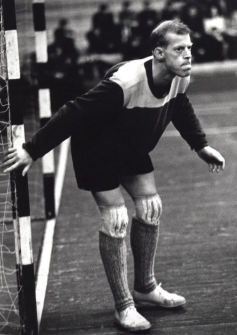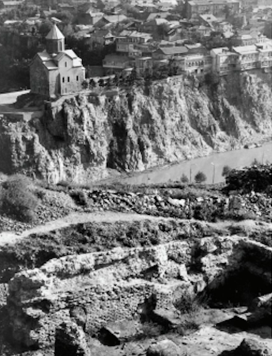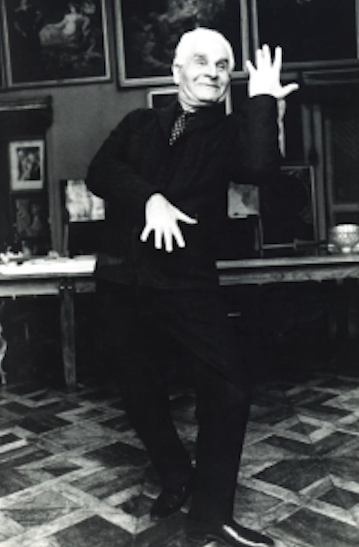Aleksandr Saakov (1937-2007) was from Tbilisi, Georgia and began working as a photographer in 1965 for the newspaper Georgian Youth (მოლოდიოჟ გრუზიი). He studied at the Tbilisi Institute of Foreign Languages and played drums in the institute’s vocal-instrumental ensemble, though a hand injury prevented him from pursuing a musical career. Instead he turned to photography as a creative outlet, and he came to be one of the most celebrated Georgian photographers of the late Soviet period. He worked for APN and TASS as a correspondent in Georgia, and his early work was featured in the Georgian newspaper Young Communist (ახალგაზრდა კომუნისტი) and the Georgian language edition of the All-Union newspaper Kommunist. His work was featured in numerous other Union-wide newspapers including Pravda, Komsomolskaia Pravda and Sovetskaia kul’tura, many illustrated journals (Sovetskii soyuz, Ogonek, Sovetskoe foto and Zhurnalist) and international magazines (Soviet Life, Life magazine, the German publication Quick, and Paris Match).

Saakov was an incredibly talented and prolific photojournalist and portrait photographer, which was noted by Soviet photography critics relatively early in his career. He was initially hired as a sports photographer where his images, contrary to most sports images at the time, captured the immense energy and complex emotions of the athletes he photographed. In 1967 his photograph of French actor Jean Vilar in the Jvari monastery was awarded the gold medal at the All-Union photography exhibition dedicated to the 50th anniversary of Soviet power. He submitted this image independently – his name was not selected for the list of approved submissions from photographers of the Journalists’ Union of Georgia. He was completely shocked when he read in Pravda that his image was awarded the medal. When he called the editorial office to confirm if he had won, the editor sternly (and rather comically) re-plied: “There are no mistakes in Pravda!”

Over the course of his career, Saakov’s work was awarded 120 medals and prizes from various republican, All-Union, and international photography exhibitions. In 1970, 1972 and 1974 his photographs were included in the annual album “100 Best Photographs of Europe.” Despite his early career as a sports photojournalist, Saakov preferred portrait, cityscape and landscape photography.

Saakov’s photographs are part of Museum holdings and private collections in Georgia, Russia, USA, France, Germany, Argentina, and Israel. In the last two decades of his life he left photojournalism and worked as a freelance photographer. Like many Soviet photographers, he was partial to black-and-white photography, turning to color photographs in the 1990s. Throughout his career, despite further opportunities elsewhere, Saakov preferred to stay in Georgia. As he explained in one interview, he found it more interesting and rewarding to explore the nuances of his home. “A person should always be interested in the life and culture of his native city, country. I do not need to follow a subject, for example, like Nepal. Whatever I photograph there will only a be a “tourist’s” view… [Tbilisi] is enough at my age. Let the others go to Nepal …”

